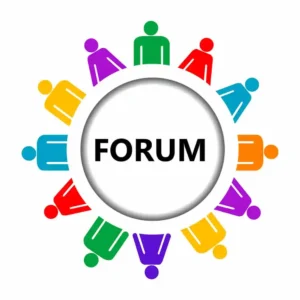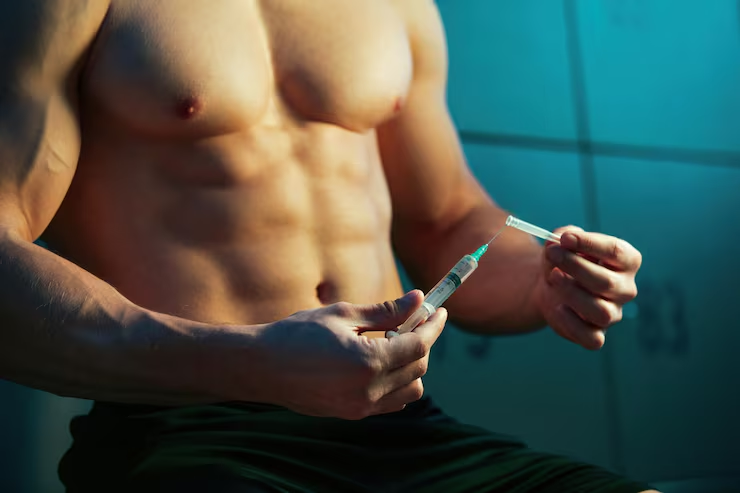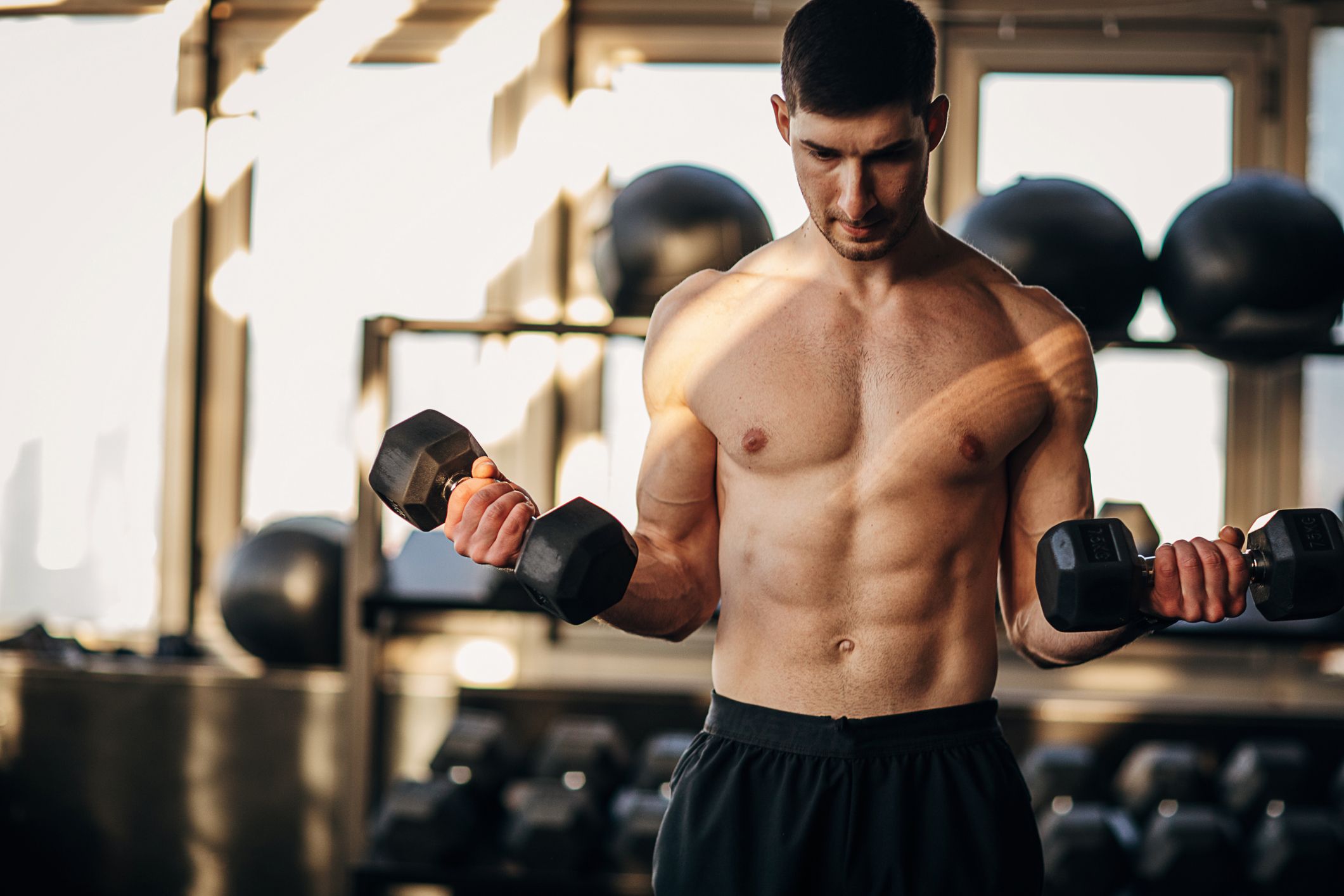When it comes to building muscle, testosterone is the undisputed king. This powerful hormone plays a pivotal role in muscle growth, recovery, and overall performance. Whether you’re a seasoned lifter or just starting your fitness journey, understanding how testosterone affects your gains can help you optimize your training, nutrition, and recovery strategies. Let’s break down why testosterone is the muscle-building MVP and how you can maximize its potential.
What Is Testosterone?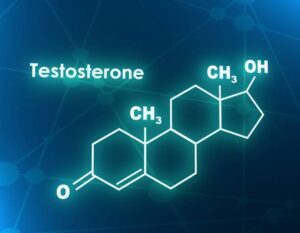
Testosterone is a hormone primarily produced in the testes for men and, to a lesser extent, in the ovaries for women. It’s best known for its role in developing male characteristics, but it also has a significant impact on muscle growth, strength, and body composition in both sexes.
How Testosterone Fuels Muscle Growth
- Increased Protein Synthesis
Testosterone boosts protein synthesis, the process by which your body repairs and rebuilds muscle fibers after exercise. More protein synthesis means faster recovery and bigger gains. - Inhibition of Protein Breakdown
Testosterone helps prevent the breakdown of muscle tissue, allowing you to maintain and build muscle even during periods of intense training or caloric deficits. - Enhanced Satellite Cell Activation
Satellite cells are specialized cells involved in muscle repair and growth. Testosterone activates these cells, enhancing their ability to repair damaged muscle fibers and promote hypertrophy. - Boosted Strength and Power
By increasing the size and density of muscle fibers, testosterone directly contributes to greater strength and power output. This means you can lift heavier weights and push your limits in the gym. - Fat Distribution and Metabolism
Testosterone helps reduce body fat, particularly around the midsection, while promoting lean muscle mass, improving overall body composition.
Natural Testosterone Levels
Testosterone levels vary by age, sex, and individual factors. For men, levels peak during late adolescence and early adulthood and gradually decline after the age of 30. Women produce much lower amounts of testosterone, but it still plays a crucial role in their muscle development.
Signs of Low Testosterone
Low testosterone levels can hinder muscle growth and overall performance. Common signs include:
- Reduced strength and endurance
- Increased body fat, especially around the midsection
- Low energy levels and fatigue
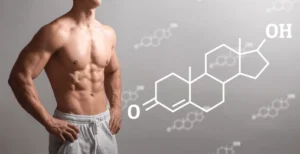
- Decreased libido
- Difficulty gaining or maintaining muscle mass
How to Optimize Testosterone Naturally
You don’t need fancy supplements or risky methods to boost testosterone—simple lifestyle changes can go a long way.
- Strength Training
- Resistance exercises like squats, deadlifts, and bench presses significantly boost testosterone levels.
- Focus on compound movements and train with heavy weights to maximize hormone release.
- Nutrition
- Protein: Supports muscle repair and growth.
- Healthy Fats: Testosterone production relies on dietary fats. Include avocados, nuts, and olive oil in your diet.
- Zinc and Vitamin D: Crucial for hormone production. Get zinc from foods like shellfish and red meat, and soak up the sun for vitamin D.
- Sleep
- Testosterone production happens during deep sleep, so aim for 7–9 hours per night. Sleep deprivation can drastically lower hormone levels.
- Stress Management
- Chronic stress increases cortisol, which negatively affects testosterone. Practice mindfulness, yoga, or other stress-reducing activities.
- Maintain a Healthy Weight
- Obesity can lower testosterone levels. Focus on a balanced diet and regular exercise to stay lean.
Testosterone Replacement Therapy (TRT)
For individuals with clinically low testosterone, testosterone replacement therapy (TRT) may be an option. TRT involves medically supervised administration of testosterone to restore levels to a healthy range.
Pros:
- Restores energy, strength, and libido
- Supports muscle growth and recovery
Cons:
- Requires lifelong commitment and regular monitoring
- Potential side effects, including acne, fluid retention, and cardiovascular risks
Consult a healthcare professional to determine if TRT is right for you.
Testosterone and Steroid Use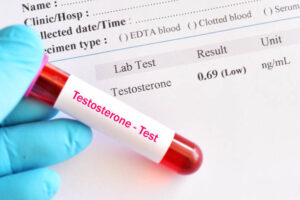
Anabolic steroids are synthetic versions of testosterone used to enhance muscle growth and performance. While they can produce dramatic results, they come with significant risks:
- Hormonal imbalances and dependency
- Liver damage and cardiovascular issues
- Legal and ethical concerns
Natural bodybuilding and sustainable fitness practices are safer and healthier alternatives to steroid use.
Busting Myths About Testosterone
- “More Testosterone Always Equals More Muscle.”
Excess testosterone won’t magically make you jacked—it’s only effective when paired with proper training and nutrition. - “Only Men Need Testosterone for Gains.”
Women also benefit from testosterone for muscle growth, though at lower levels. It’s an important hormone for both sexes. - “Testosterone Supplements Are All You Need.”
Many over-the-counter “test boosters” lack scientific backing. Focus on natural methods and consult professionals for legitimate concerns.
Final Lift
Testosterone is the backbone of muscle growth, strength, and performance. By understanding its role and focusing on natural ways to optimize your levels, you can unlock your body’s full potential without compromising health or longevity.
Whether you’re lifting for size, strength, or overall fitness, testosterone is your secret weapon—use it wisely, train hard, and watch the gains roll in.
1. National Institutes of Health (NIH)
Testosterone and muscle growth
-
“Testosterone and the regulation of muscle protein synthesis.”
-
Source: https://pubmed.ncbi.nlm.nih.gov/15630485/
✅ Explains how testosterone increases muscle protein synthesis and decreases protein breakdown.
2. Mayo Clinic
Testosterone: What it does and doesn’t do
-
Source: https://www.mayoclinic.org/healthy-lifestyle/sexual-health/in-depth/testosterone-therapy/art-20045728
✅ Describes the role of testosterone in strength, libido, energy, and muscle mass.
3. Harvard Health Publishing
Low testosterone: How do you know when levels are too low?
-
Source: https://www.health.harvard.edu/mens-health/low-testosterone-how-do-you-know-when-levels-are-too-low
✅ Covers signs of low testosterone and the effects on body composition and energy.
4. Journal of Clinical Endocrinology & Metabolism
Testosterone therapy and muscle strength
-
“Testosterone dose-response relationships in healthy young men.”
-
Source: https://academic.oup.com/jcem/article/90/2/678/2836641
✅ Demonstrates how different testosterone levels affect strength and lean mass.
5. Cleveland Clinic
Testosterone Replacement Therapy (TRT)
-
Source: https://my.clevelandclinic.org/health/treatments/17786-testosterone-replacement-therapy
✅ Outlines the pros and cons of TRT and who it’s appropriate for.
6. International Journal of Sports Nutrition and Exercise Metabolism
Effects of strength training on testosterone
-
Source: https://journals.humankinetics.com/view/journals/ijsnem/17/3/article-p332.xml
✅ Details how resistance training influences short- and long-term testosterone levels.


